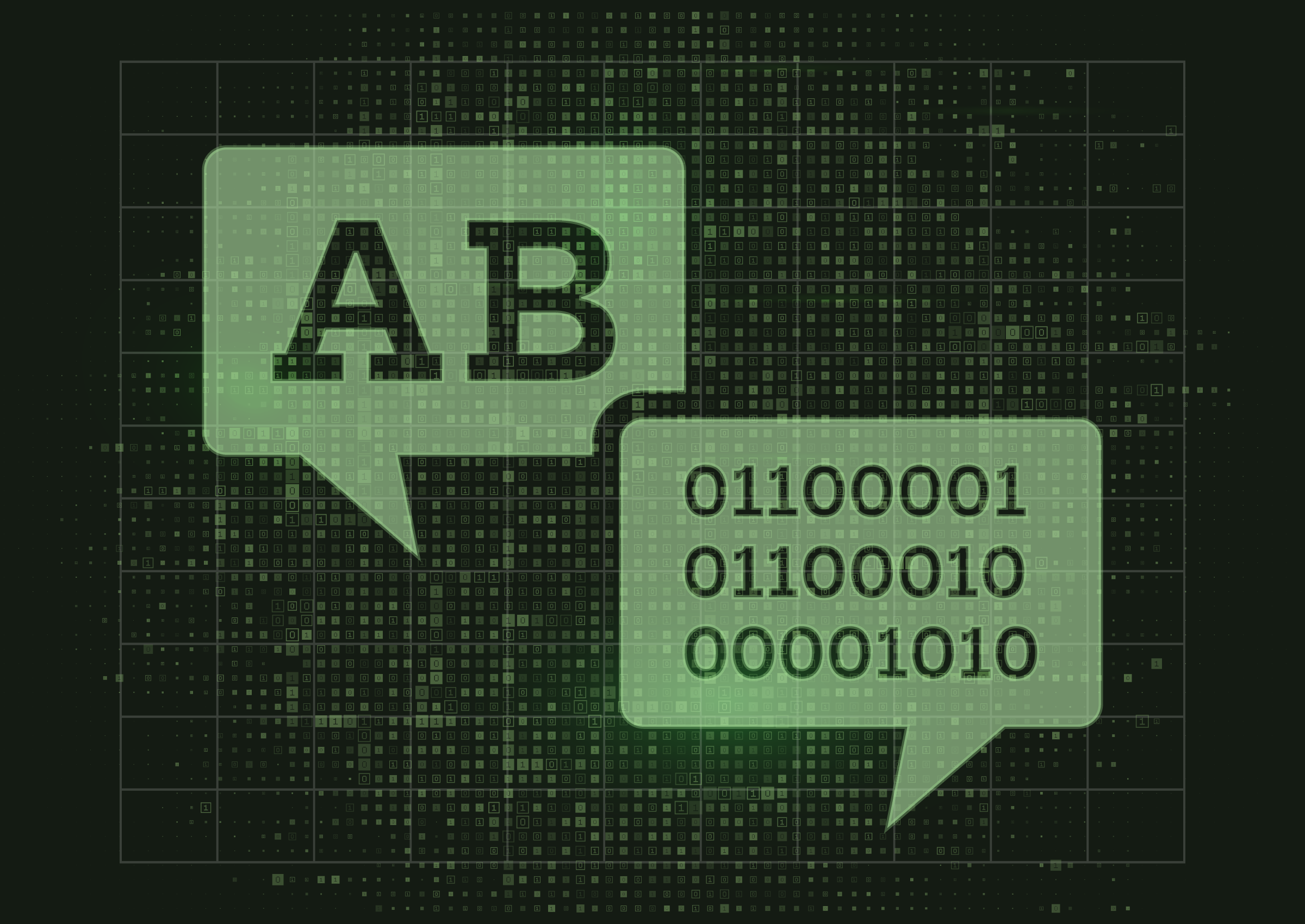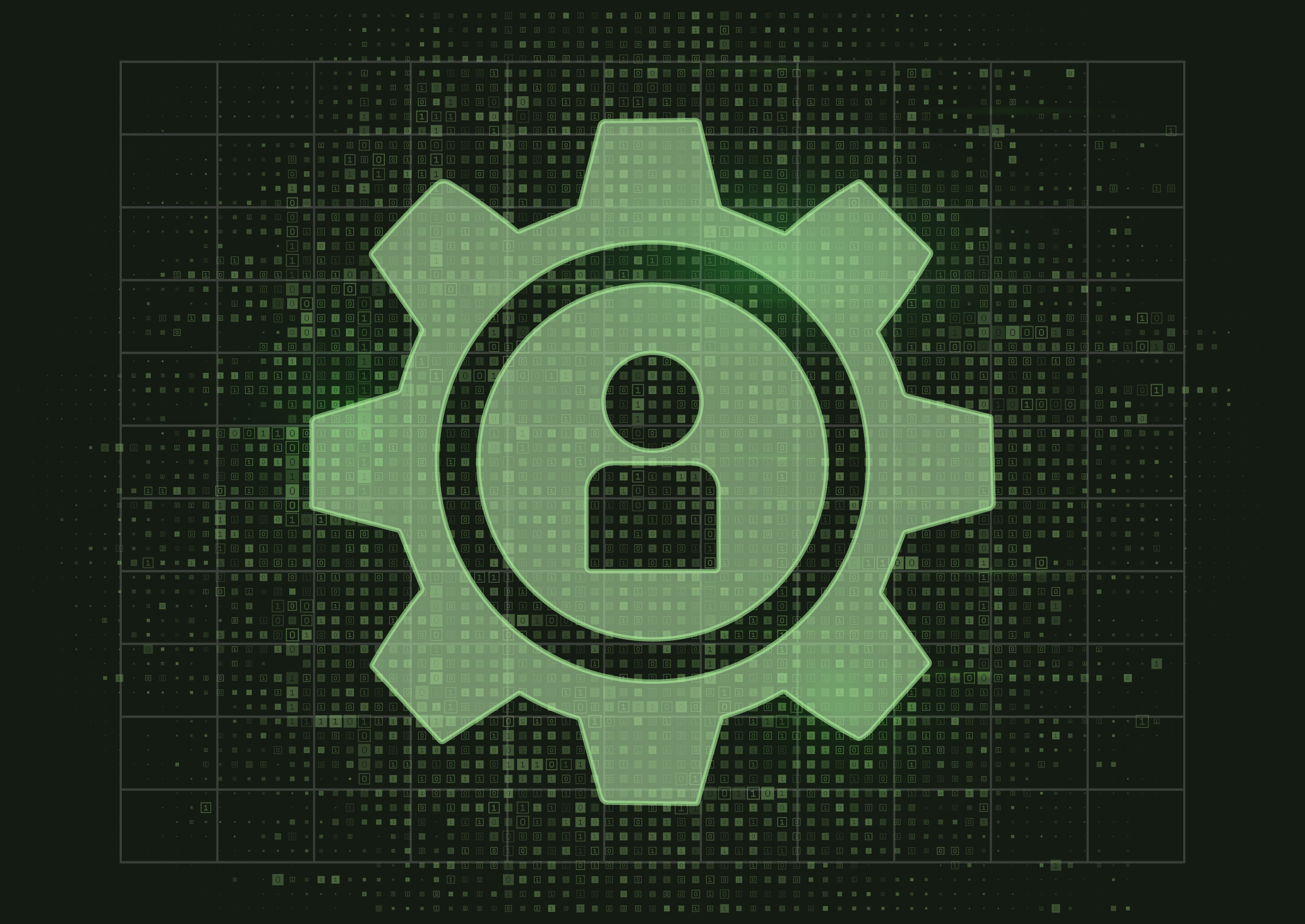Chatbots and Virtual Assistants - Revolutionizing Interaction
Harness AI to Enhance Customer Engagement and Support
Explore the world of chatbots and virtual assistants, where AI-driven interactions are redefining customer service. These innovative tools provide instant, automated support, enhancing user engagement and operational efficiency. Discover how they’re revolutionizing the way businesses interact with customers, offering streamlined and personalized experiences.

What are Chatbots and Virtual Assistants?
Chatbots and virtual assistants are AI-powered communication tools designed to simulate human-like interactions, providing automated customer service, support, and engagement. These tools represent a significant leap in technology, combining natural language processing (NLP), machine learning, and sometimes even voice recognition to interact with users.
Benefits of Chatbots and Virtual Assistants
Chatbots and virtual assistants bring a host of benefits to businesses, revolutionizing customer service, streamlining operations, and enhancing user experience. These AI-driven tools are not just about automating communication but also about adding value to customer interactions and business processes.
24/7 Customer Service:
Chatbots and virtual assistants provide round-the-clock support, ensuring customer queries are addressed any time of the day, significantly improving service availability and customer satisfaction.
Scalability
Chatbots and virtual assistants can handle thousands of interactions simultaneously, making them highly scalable solutions that grow with your business needs.
Improved Response Time
These tools provide instant responses to customer inquiries, reducing wait times and enhancing customer satisfaction.
Key Technologies and Tools in Chatbots and Virtual Assistants
The effectiveness and efficiency of chatbots and virtual assistants are largely due to the sophisticated technologies and tools that power them. Here are four key technologies and tools that are integral to their functionality.
Natural Language Processing (NLP)
NLP is the technology behind a chatbot’s or virtual assistant’s ability to understand and interpret human language. It allows these tools to process user requests, comprehend context, and generate human-like responses.
Machine Learning and AI Algorithms
These algorithms enable chatbots and virtual assistants to learn from interactions and improve over time. Advanced AI helps in understanding user preferences and delivering more accurate responses.
Chatbot Development Platforms
Platforms like Dialogflow, Microsoft Bot Framework, and IBM Watson Assistant provide the necessary tools and frameworks for building and deploying chatbots. These platforms offer various features for customizing and integrating chatbots into different communication channels.
Voice Recognition Technology
For virtual assistants, voice recognition technology is crucial. Technologies like Google’s speech-to-text and Amazon’s Alexa provide the ability to process and understand spoken language, enabling voice-activated commands and interactions.
Challenges and Solutions in Chatbots and Virtual Assistants
While chatbots and virtual assistants offer numerous advantages, certain challenges need to be addressed for their effective implementation and use. Here are three significant challenges and their solutions.
Understanding Complex User Queries
Enhanced Language Processing
Maintaining Personalization and Context
Advanced Contextual Analysis
User Trust and Acceptance
Human-Like Interaction and Transparency
Future of Chatbots and Virtual Assistants
The landscape of chatbots and virtual assistants is rapidly evolving, influenced by continuous advancements in AI and changing consumer expectations. Here are three key takeaways that give a glimpse into the future of these AI communication tools.
Sophisticated Conversational AI
Future chatbots and virtual assistants will exhibit more sophisticated conversational abilities, understanding and responding to users in a more nuanced, human-like manner. This will be achieved through advanced NLP and deeper machine learning capabilities, making interactions more seamless and natural.

Increased Integration and Ubiquity
Chatbots and virtual assistants will become more integrated into everyday devices and platforms, from smart home devices to enterprise systems. This ubiquity will make AI-assisted interactions a common feature in both personal and professional spheres.

Enhanced Personalization and Predictive Assistance
Future developments will enable chatbots and virtual assistants to offer hyper-personalized experiences by analyzing user data more effectively. They will not only respond to user queries but also anticipate needs and provide proactive assistance based on user behavior and preferences.

Learn more
Are you intrigued by the potential of chatbots and virtual assistants? Eager to explore how these AI-powered tools can transform your customer engagement and support?

